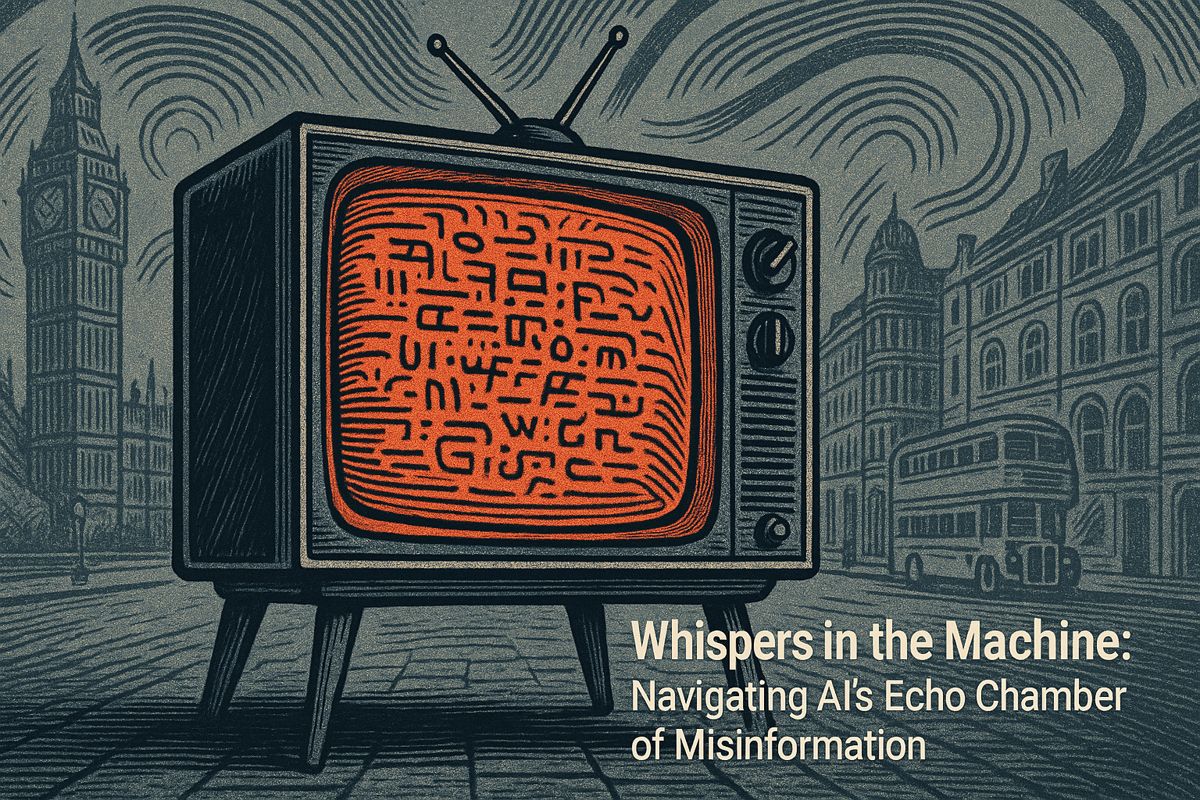The market for AI-powered testing tools is set to explode, with global spending projected to reach between $686.7 million and USD 1,010.9 million in 2025. This surge reflects a fundamental shift in software development, where teams leverage AI to achieve faster, more intelligent quality assurance. Autonomous test orchestration is transforming testing from a final bottleneck into a proactive process that speeds up development cycles.
Where the Market Stands in 2025
AI-powered testing tools use machine learning and generative AI to automate test creation, execution, and analysis. They help development teams identify defects earlier, reduce manual script maintenance, and optimize test coverage. This leads to higher quality software, reduced costs, and faster release cycles for businesses.
While North America currently holds 35.27% of the market, the Asia-Pacific region is expanding most rapidly as its digital enterprises grow. Leading vendors are competing on three key capabilities: self-healing automation, predictive analytics, and natural language test creation. For example, a LambdaTest rundown of the top 12 AI testing tools highlights how platforms like LambdaTest’s KaneAI, SeaLights, Virtuoso QA, and Mabl use these features to streamline testing.
Enhancing Developer Productivity with Next-Gen AI-Powered Test Orchestration
These intelligent platforms reduce the manual toil that drains developer cycles. Machine learning models automatically inspect pull requests, identify risk areas, and schedule only the necessary test suites. Early adopters report significant business outcomes:
- Up to 60 percent drop in script maintenance after adopting NLP-driven authoring.
- 30 percent cut in overall testing costs through optimized coverage.
- 213 percent six-month ROI for firms that integrated AI orchestration into CI/CD, according to a Forrester study.
Case Evidence From the Field
Leading enterprises are already seeing transformative results. IBM, for example, replaced manual test data generation with AI-created synthetic datasets, improving defect detection while ensuring GDPR compliance and freeing up engineers for core feature development. Similarly, Accenture implemented an automation platform that turns business requirements into executable tests, cutting maintenance by 60% and enabling earlier defect discovery.
Road Ahead: Trends and Watchpoints
The integration of AI is accelerating, with Gartner projecting over 60% of new testing solutions this year will feature embedded AI or machine learning. Key trends to watch include CI/CD copilots that identify coverage gaps in real time and hyper-automation for end-to-end, hands-free testing. However, challenges such as data privacy, the need for explainable AI, and workforce upskilling must be addressed. Despite these hurdles, the technology is already proving its value – with predictive models cutting critical production defects by 30-35% – making AI-powered testing a strategic imperative.



















